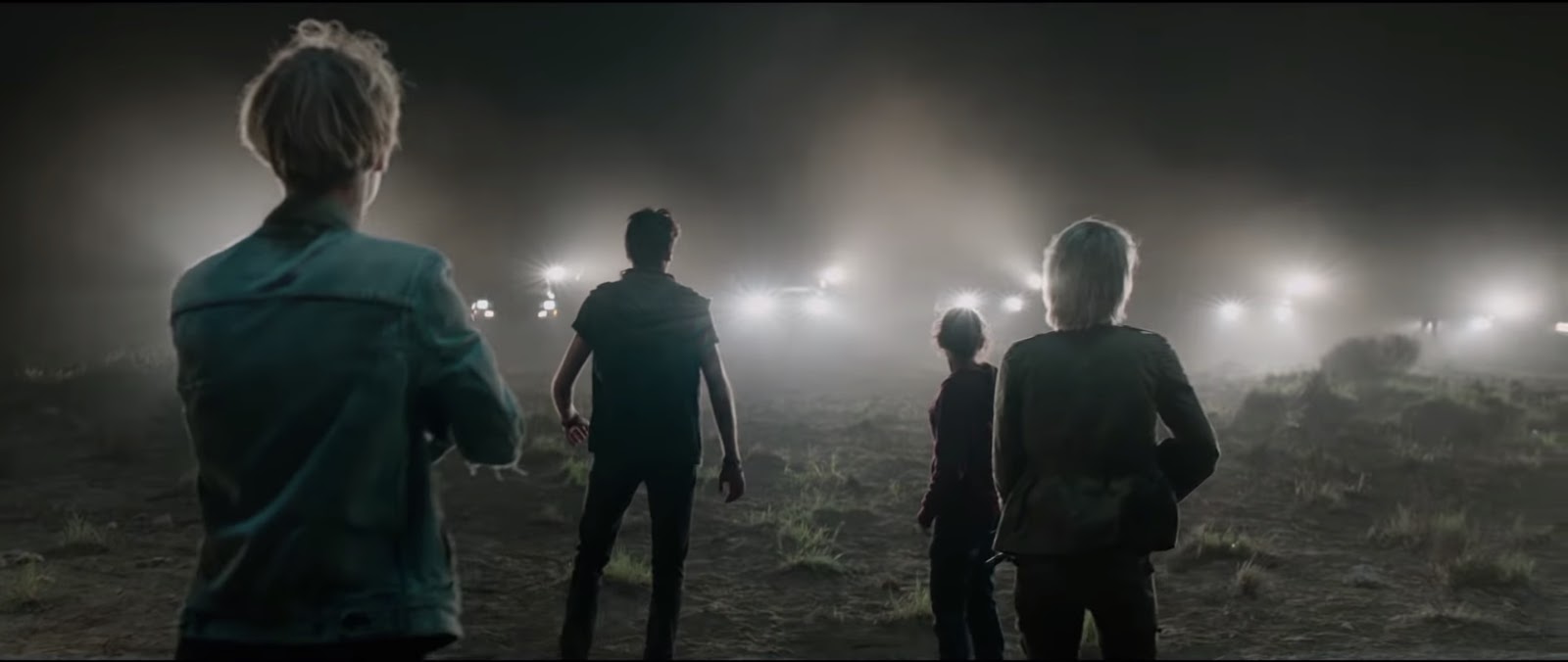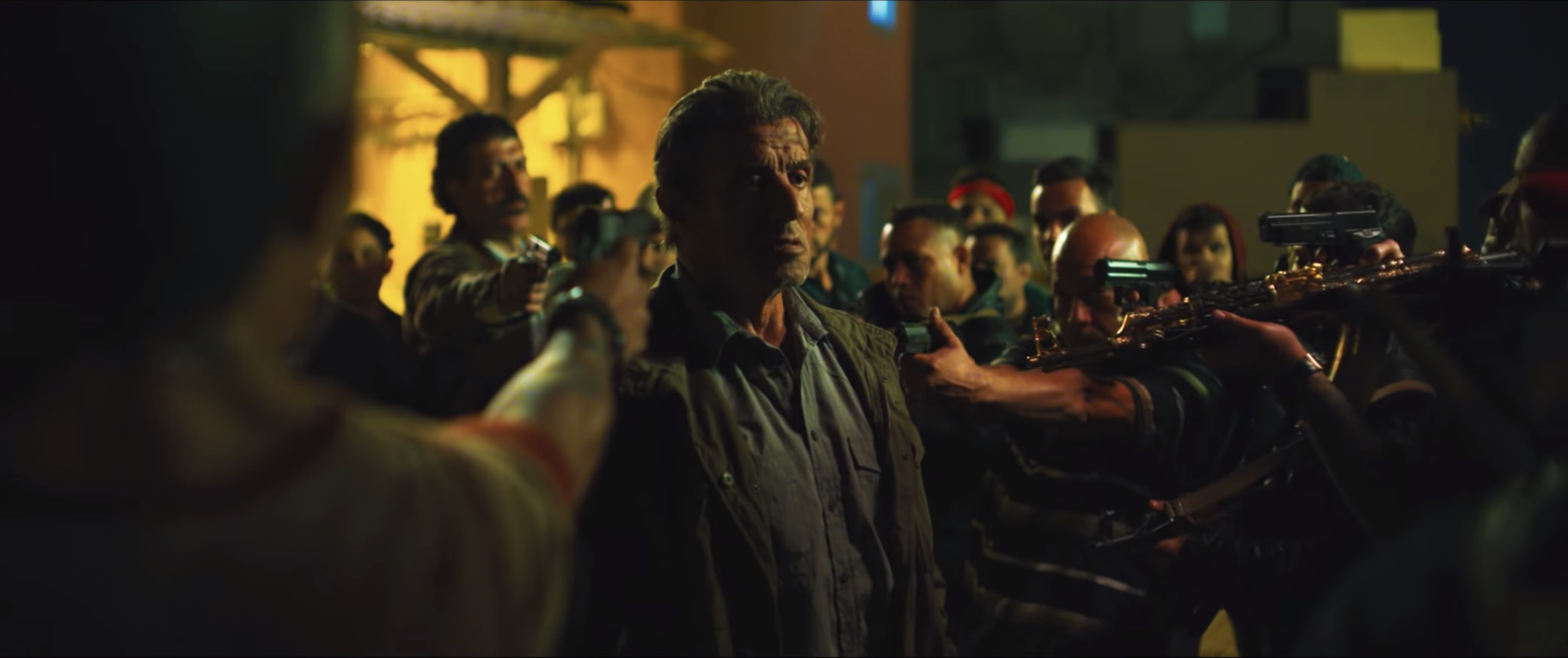Terminator: Dark Fate – White Savior?
Terminator: Dark Fate delivers a fun, action experience that relies and feeds heavily on fan’s nostalgia, but ultimately lacks the heart present in early installments of the series. The new Terminator movie follows the recent trend in the action genre of situating movies in locations of political importance. Like the newest Rambo, Terminator: Dark Fate […]




